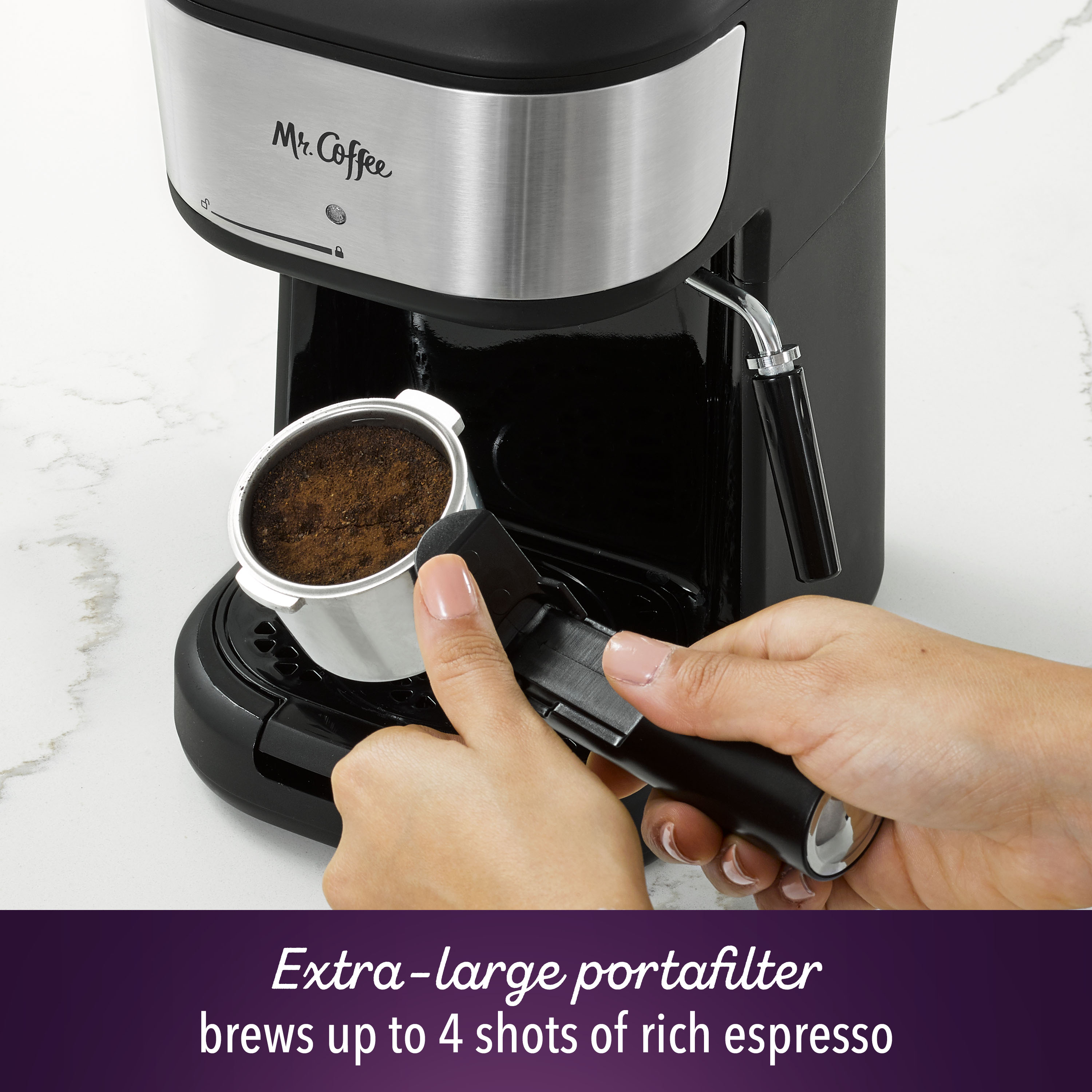What’s Espresso?
Earlier than we dive into the science, let’s make clear what espresso is. It’s a concentrated espresso beverage made by forcing sizzling water via finely-ground espresso beans. The result’s a wealthy, flavorful shot that kinds the bottom for a lot of espresso drinks, together with cappuccinos, lattes, and Americanos.

The Espresso Machine: A Trendy Alchemy Lab
On the coronary heart of espresso preparation is the espresso machine. This marvel of engineering makes use of strain to extract the essence of espresso beans. It’s a bit like a high-pressure bathe to your espresso grounds, however as a substitute of water, you get a liquid gold.
The Extraction Course of: A Step-by-Step Breakdown
1. Grinding the Beans: Step one is to grind the beans to a high-quality consistency. The finer the grind, the slower the water will stream via the espresso grounds, leading to a extra concentrated brew.
2. Dosing the Portafilter: The bottom espresso is then dosed right into a portafilter, a steel deal with with a filter basket. The quantity of espresso used will decide the energy and taste of the espresso.
3. Tamping the Grounds: The espresso grounds are tamped down firmly to create a constant floor. This ensures even water stream via the espresso mattress.
4. Pulling the Shot: The portafilter is locked into the group head of the espresso machine. Scorching water is compelled via the espresso grounds at excessive strain, extracting the soluble compounds that give espresso its taste and aroma.
The Science of Espresso Extraction
The extraction course of is a posh interaction of chemistry, physics, and artwork. The important thing elements that affect the standard of an espresso shot are:
Grind Dimension: As talked about earlier, a finer grind results in a slower extraction, leading to a extra concentrated brew. A coarser grind, alternatively, will lead to a weaker brew.
The Artwork of Espresso
Whereas the science of espresso extraction is essential, the artwork of creating an ideal espresso shot is equally essential. Skilled baristas can fine-tune the extraction course of to attain the proper steadiness of taste, aroma, and physique.
By understanding the science behind espresso, you’ll be able to admire the complexity and artistry concerned in creating this beloved beverage. So, the subsequent time you sip on an espresso, take a second to savor the results of centuries of espresso craftsmanship and fashionable scientific innovation.
Have you ever ever questioned how your favourite barista transforms milk into velvety microfoam? The key lies in a easy but highly effective instrument: the steam wand. This unassuming part of your espresso machine is accountable for creating the wealthy, creamy texture that elevates your espresso expertise.
Understanding the Fundamentals
At its core, a steam wand is a steel tube that heats and forces pressurized steam via a small nozzle. This course of, when executed appropriately, can yield a wide range of milk textures, from frothy cappuccino foam to silky-smooth latte artwork.
The Science of Milk Texturing
To know how the steam wand works its magic, we have to delve into the science of milk. Milk is a posh emulsion of fats, protein, and water. When heated, the proteins in milk denature and bond collectively, making a community that traps air bubbles. The smaller the bubbles, the finer the froth.
The steam wand’s position is to introduce air into the milk whereas concurrently heating it. Because the steam passes via the milk, it creates a vacuum impact that pulls air into the liquid. The agitation from the steam and the warmth from the wand trigger the milk proteins to denature and kind a secure foam.
Mastering the Approach
Whereas the science behind milk texturing could seem complicated, the method itself will be mastered with a little bit of observe. Listed below are some key ideas:
1. Milk Temperature: The best temperature for milk texturing is round 150-160°F (65-70°C). Overheating the milk can result in a burnt style and a rough texture.
2. Milk Texture: The specified texture of the milk will decide the steaming method. For cappuccino, you’ll desire a dry, foamy texture, whereas for latte artwork, a moist, silky texture is right.
3. Steam Wand Place: The place of the steam wand within the milk pitcher is essential. The tip of the wand needs to be submerged slightly below the floor of the milk.
4. Steam Wand Angle: The angle of the steam wand also can have an effect on the feel of the milk. A steeper angle will create a drier foam, whereas a shallower angle will lead to a wetter foam.
5. Milk Motion: Fixed swirling of the milk pitcher is important to include air and distribute the warmth evenly.
The Artwork of Latte Artwork
When you’ve mastered the fundamentals of milk texturing, you can begin experimenting with latte artwork. That is the method of making designs on the floor of a latte utilizing the microfoam. Whereas it could appear daunting at first, with somewhat observe, anybody can create lovely latte artwork.
To create latte artwork, you’ll have to pour the milk into the espresso in a selected approach. The secret is to take care of a gentle stream of milk and to make use of the steam wand to govern the stream. By tilting the pitcher and transferring the wand in a round movement, you’ll be able to create intricate designs.
The steam wand is greater than only a instrument; it’s an instrument that means that you can unleash your creativity and elevate your espresso expertise. By understanding the science behind milk texturing and mastering the method, you’ll be able to create barista-quality drinks at house.